Almost 50 New Galaxies Discovered With MeerKAT Scan
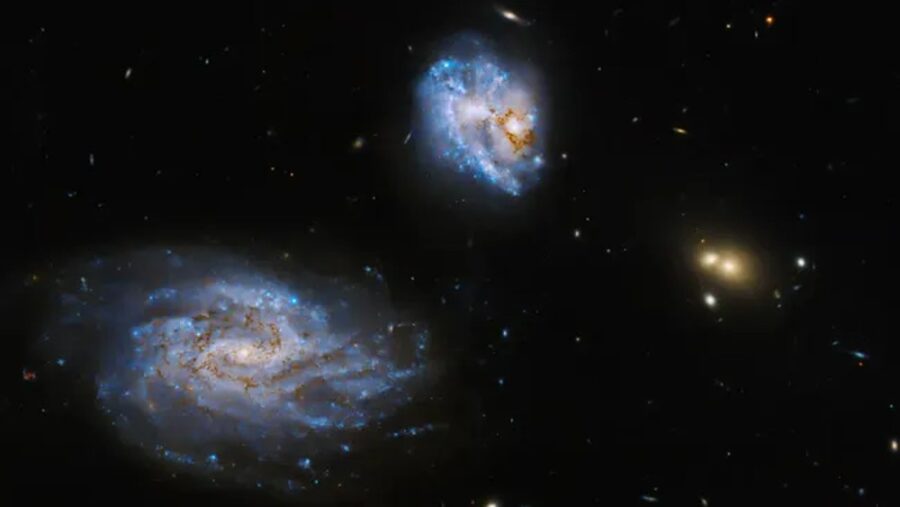
Astronomers have discovered 49 new galaxies using the MeerKAT radio telescope in South Africa. The findings were made while investigating the presence of hydrogen gas within a specific galaxy over three hours. But instead of detecting hydrogen gas solely within the target galaxy, scientists stumbled upon the “49ers.”
Meet The 49ers

The significance of this discovery lies not only in the number of new galaxies detected but also in the insights it provides into their dynamic interactions. Observations revealed galactic neighbors engaging in gravitational dances, with some galaxies actively siphoning gas from their companions to fuel their star formation processes.
Although MeerKAT revealed the 49 new galaxies in a brief timeframe, isolating them required supplementary tools. This included the ilifu cloud supercomputer, which facilitated the reduction of the raw observations through a process known as “data reduction,” making it easy to analyze.
Using MeerKAT To Explore The Cosmos
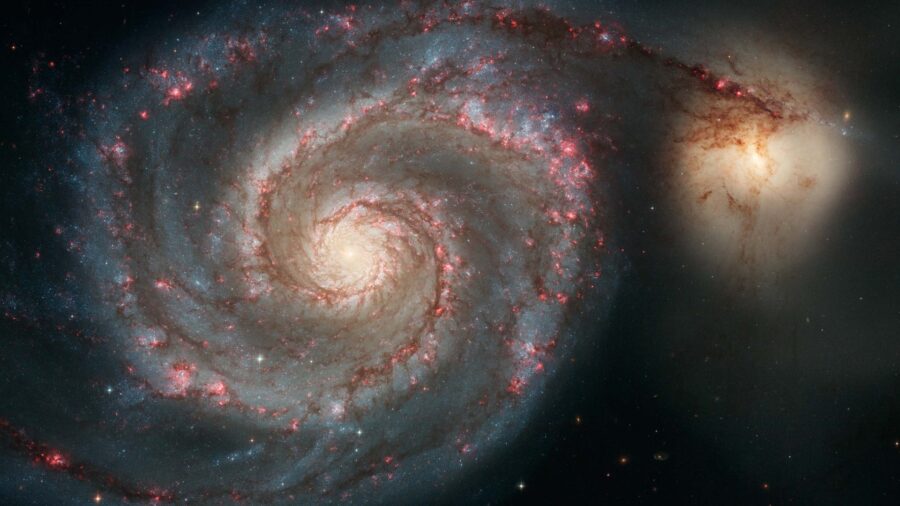
CARTA, a data visualization tool instrumental in identifying the 49 new galaxies, was also used. The data was further analyzed using iDaVIE-v, virtual reality software designed for the immersive exploration of astronomical datasets in three dimensions. iDaVIE-v has previously contributed to groundbreaking discoveries such as polar ring galaxies.
Despite the remarkable nature of uncovering 49 new galaxies within a short time, astronomers expect to find more celestial treasures. The team previously detected traces of gas within over 80 galaxies across three separate MeerKAT observations, predominantly of previously unknown galaxies. These observations initially focused on individual galaxies during designated “open time” sessions.
MeerKat’s Achievements
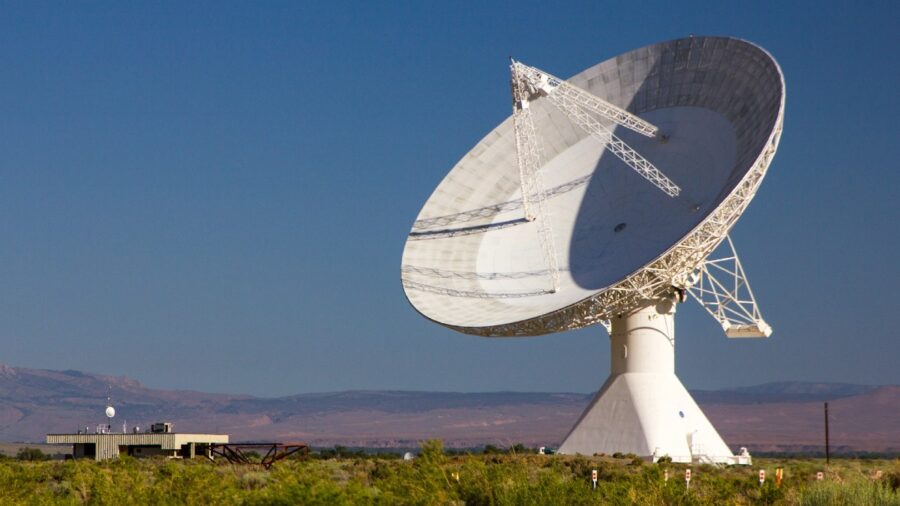
The MeerKAT radio telescope is five years old and serves as a cornerstone in astronomical exploration. It is one of the pioneering “pathfinder” telescopes for the Square Kilometre Array (SKA) project, currently under development in South Africa and Australia. MeerKAT’s achievements range from detecting radio galaxies to meticulously examining the Milky Way’s galactic center.
Other planned projects using MeerKAT include surveys exploring the intricacies of star-forming hydrogen gas within new and existing galaxies. Among these initiatives are the MIGHTEE-HI and LADUMA surveys, with the latter dedicating over 3,000 hours of MeerKAT’s capabilities to scrutinizing a specific region of the sky for hydrogen gas within distant galaxies.
The Study Of New And Existing Galaxies
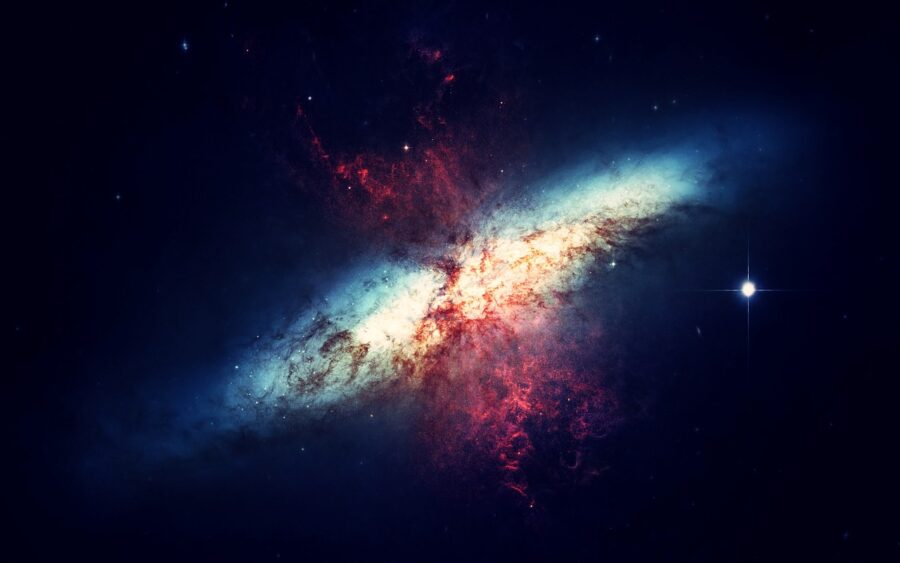
These surveys are meticulously crafted to fulfill their primary objective of identifying hydrogen gas. Nebulae are vast reservoirs of gas where stars are born and play a pivotal role in the cosmic cycle. As stars reach the end of their life cycle, they release their gas into the surrounding space, where it gradually coalesces to form new nebulae.
Galaxies serve as cosmic factories, perpetuating the cycle of stellar life. Astronomers must consider both the stellar inhabitants and the gaseous components to understand new or existing galaxies and their evolutionary processes. Of particular interest are “merger events,” where two galaxies collide and amalgamate to form a singular, larger entity.
Gas Holds The Key
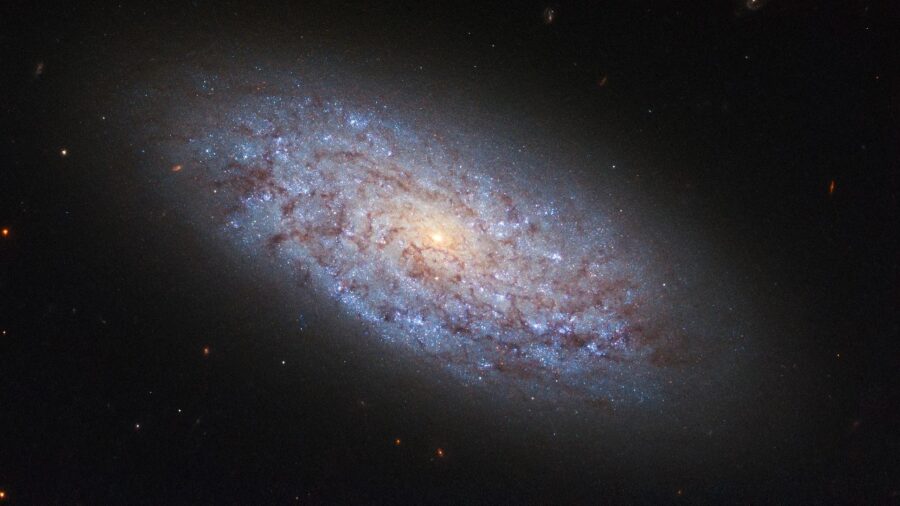
These collisions have profound implications for the gas content of new and existing galaxies and can catalyze episodes of vigorous star formation. The study of galactic gas offers valuable insights into a galaxy‘s past. Unlike stars, gas extends far beyond the visible boundaries of galaxies. Detecting disturbances in the gas serves as a telltale sign of recent galactic interactions or mergers.












